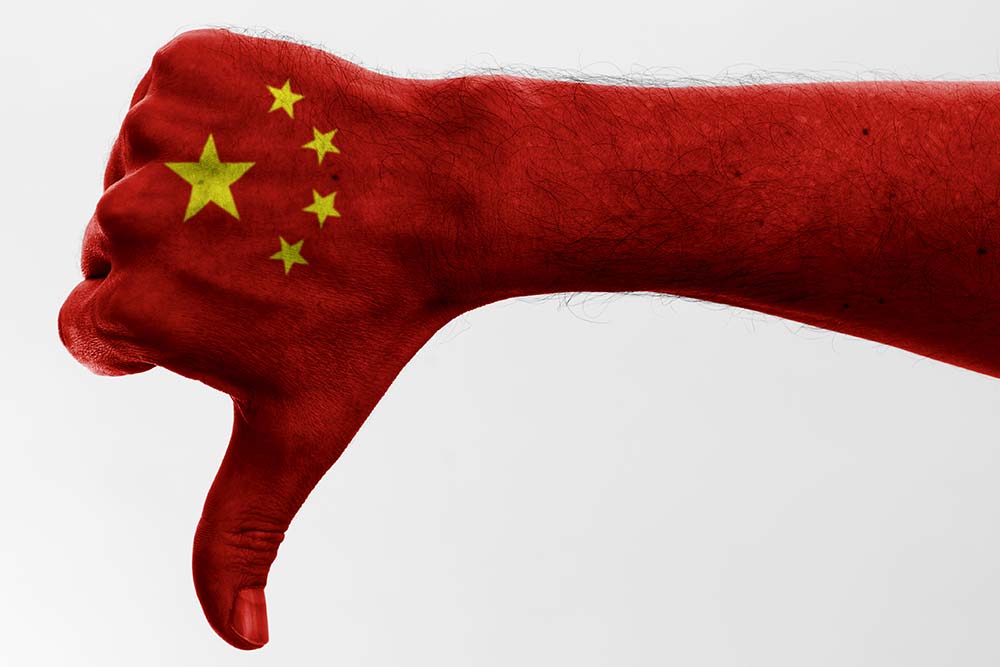In the January issue of my newsletter, The Oxford Income Letter, I made 10 predictions for 2024.
The first one was that China will suffer a financial crisis, and that was related to another forecast that emerging markets will have a strong year.
China’s financial situation isn’t a full-blown crisis yet, but it’s starting to unravel.
Chinese real estate developer Country Garden Holdings (OTC: CTRYF), the 206th-largest company in the world, narrowly avoided defaulting on its debt in December when it worked out a deal with creditors.
But $15 billion of its $36 billion in debt matures in June. The company does not have the cash to pay it back, and I don’t expect it will be able to get a loan. This will be a big default when it happens.
On top of that, developer China Evergrande Group, which has $300 billion in debt, was ordered into liquidation by a judge.
And banking giant Zhongzhi is bankrupt and in the process of liquidating.
Combine a tenuous financial situation with worries that China will attack Taiwan, and it’s understandable that investors are fleeing China.
Last year, funds focused on China saw an $802 million outflow after attracting $7.5 billion the year before.
Instead of piling into Chinese stocks, investors looking for growth outside of the U.S. are now buying emerging market funds.
In 2023, emerging market funds that exclude China attracted $5.3 billion in new money, triple the amount from the year before.
And there are massive infrastructure projects getting underway in emerging markets all around the globe:
- Copenhagen Infrastructure Partners is launching a $3 billion fund to build energy storage and production projects in Vietnam, the Philippines and other emerging market countries.
- Africa50, which has already funded projects worth $5 billion in Africa, is raising another $500 million to invest in the continent.
- Over the past decade, assets under management in infrastructure funds have grown 400% to $1.3 trillion.
These infrastructure projects will pay off as emerging market economies are stimulated and begin to benefit from advancements like more stable power and modernized transportation.
Many emerging market countries have younger and faster-growing populations than the U.S., Europe and Japan. Those young consumers want to be upwardly mobile, and as their earning power grows, so will their spending.
Emerging market stocks currently trade at a large discount to other stocks.

And on a book value basis, emerging markets are trading at a 60% discount to the S&P 500 and a 36% discount to the world as a whole.
Investors interested in broad emerging market exposure should consider the iShares MSCI Emerging Markets ETF (NYSE: EEM). If you specifically want exposure to emerging markets infrastructure, there’s the iShares Emerging Markets Infrastructure ETF (Nasdaq: EMIF). And if you want to buy emerging markets without exposure to China, there’s the iShares MSCI Emerging Markets ex China ETF (Nasdaq: EMXC).
Keep in mind, though, that China is the 800-pound gorilla in emerging markets – and especially in Asia. It’s hard to completely escape its reach.
For instance, the “ex China” ETF’s largest holding is Taiwan Semiconductor (NYSE: TSM). A Chinese financial collapse might not be great news for this company, and an invasion of Taiwan most certainly wouldn’t.
I expect investors in emerging markets to do quite well in 2024 – and likely beyond – as the smaller, developing markets start to catch up to the rest of the world.
